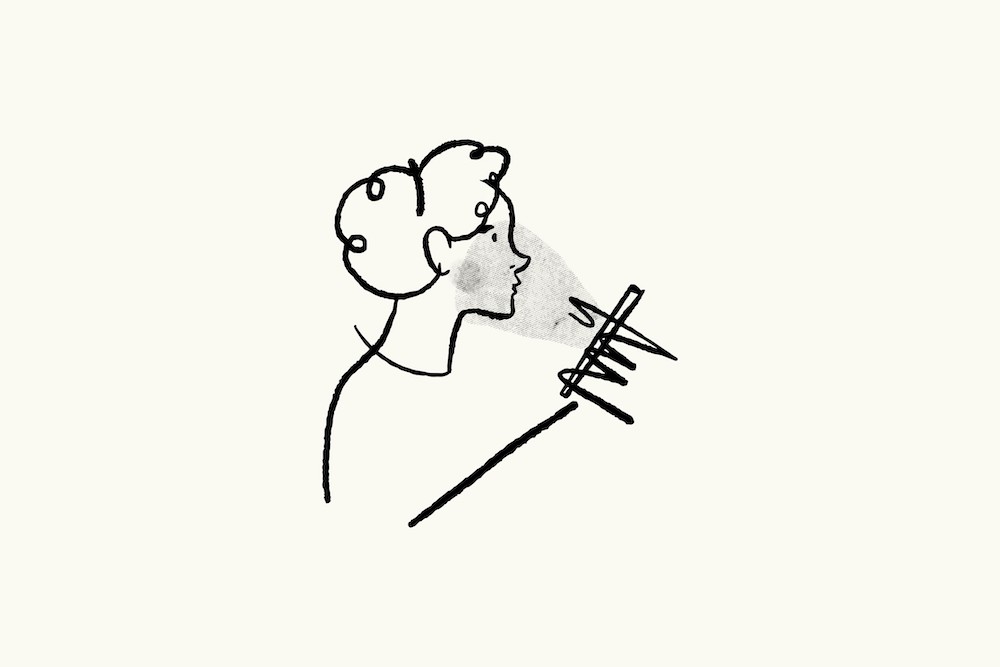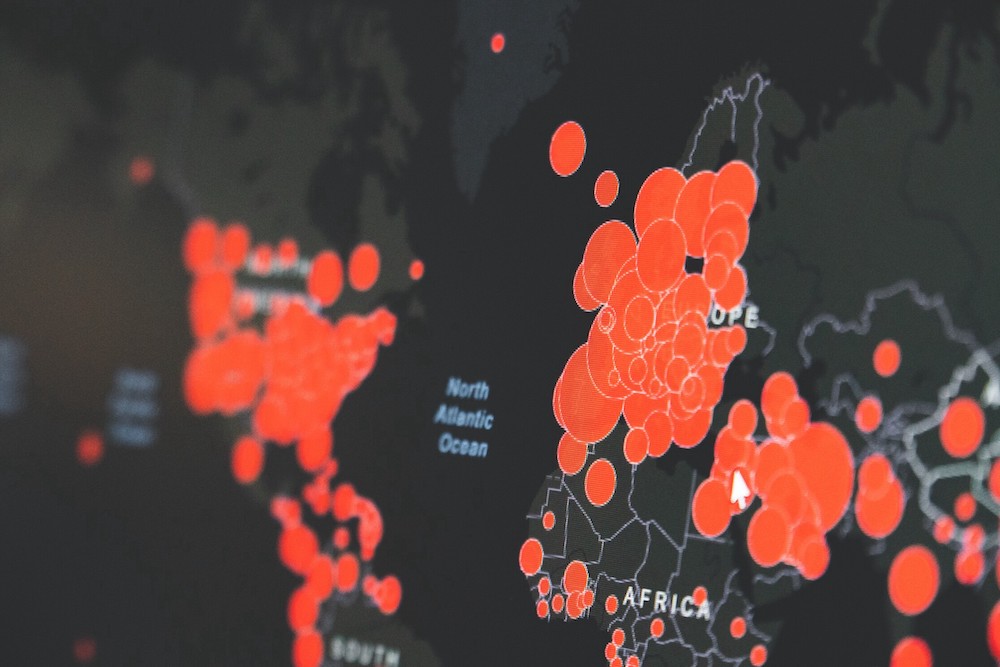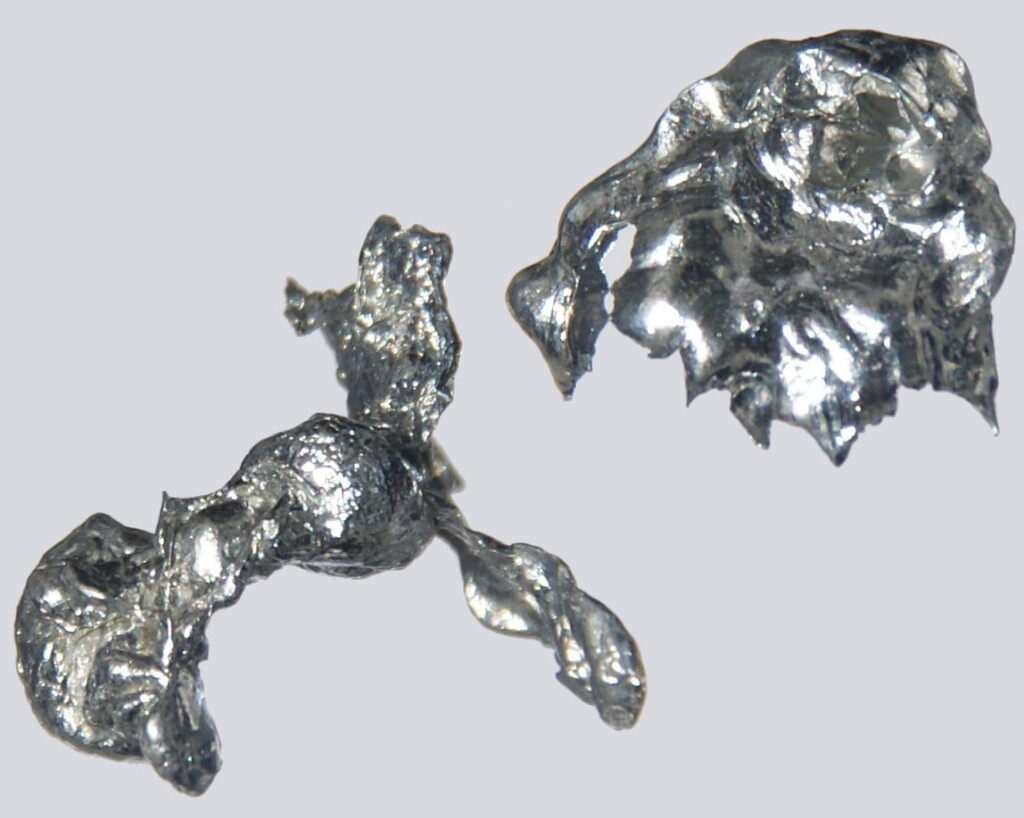The most dangerous virus today is not a biological entity…but rather a cultural one. And I am not undermining the seriousness of COVID-19 at all.
This virus is not based on genes but rather on memes — and I mean the original term “meme” coined by Richard Dawkins, not your daily dose of “grumpy cat” and “doge” jokes. A “meme” is either an idea, a certain kind of behaviour, or a style that spreads from one person to another within a culture, usually by means of imitation. So, what is this meme-based virus?
As we all know, last year was almost completely inundated by the effects of the coronavirus. Not only were people trying to survive and avoid being infected, but they were also left scrambling to find the right information about how to stay safe and healthy. But here is where things start to become a bit precarious.
In a time where access to information is as easy as a touch of a screen, so is the risk of misinformation. And if there is one thing that I would consider highly threatening in our world today, it is misinformation. Allow me to put forward my argument.

The phenomena of inadequate information and misinformation are not new, especially when it comes to scientific issues such as climate change, evolution, the safety of vaccination, and how to deal with pandemics like COVID-19. This has led to an expanding chasm between the scientific consensus and public opinion. Moreover, we have witnessed, recently, a significant increase in the polarisation of attitudes and beliefs, especially due to certain political environments inciting divisiveness and the media’s impact on what the public sees and hears.
As a result, people began referring to other sources of information, particularly social media. On the face of it, this seemed to be a quicker and more “trustworthy” resource due to the increasing lack of trust in traditional media. However, such a transition led people to begin searching for and interpreting information selectively in order to validate and uphold their existing attitudes and beliefs. This is what we refer to as confirmation bias. As different people are faced with vague evidence, confirmation bias leads them towards construing that information in a way that supports their current beliefs. This, in turn, bolstered the gap of disagreement between people and resulted in more controversy.

Now, it is essential that we understand what misinformation really means. Misinformation is not necessarily intentionally false information — the latter is sometimes referred to as disinformation. It is, more generally, incorrect information, which could have happened inadvertently. Of course, every person is entitled to have their own opinions and beliefs. It is when people begin to share their beliefs where the risk of misinformation begins to grow.
With social media as a tool for direct reach, misinformation has gotten the boost it needed to become a threatening virus. From conspiracy theories to unsupported “scientific” claims, all the way to opinionated, and sometimes unjustified, opposition to information provided by certified organisations, such as the World Health Organisation (WHO), the exchange of information has become wayward and almost out-of-control. Confirmation bias and thought polarisation have brought about echo chambers, a kind of filter bubbles that are hotbeds for misinformation. As J. L. Hochschild and K. L. Einstein explained in their article in Political Science Quarterly, people that are both “misinformed” and “active” — as opposed to “uninformed” or “informed and inactive” people — have “unite[d] their purported knowledge and their political actions, [so] they have little incentive to abandon old beliefs, accept new ones, abandon old allegiances, find a new group, and change their behaviour” [1].
This also applies to the level of information or misinformation about the scientific process among nonexpert publics, commonly known as the epistemic knowledge about science. In a recent SEI (Science & Engineering Indicators) survey by the National Science Foundation, they found that one in every three respondents had a misunderstanding of the concept of probability, almost half were unable to define a scientific experiment properly, and more than 80% could not correctly explain the elements of a scientific study [2]. This shows a worrisome issue in terms of the lack of scientific literacy among nonexperts, especially with the rise of scientific and policy uncertainties around multiple avenues of emerging science.

Today, as the world is battling with a novel coronavirus in COVID-19, the level of uncertainty around it has been quite high. Combine that with people’s lack of trust in governmental agencies and organisations, and you have got yourself a Gordian knot. Holding beliefs that are inconsistent with the best available scientific findings, claiming inaccurate interpretations of the scientific consensus and even rejecting the scientific consensus deliberately, in addition to the persistent belief in unjustified conspiracy theories…all these have cluttered our world of communication and information, leaving people unable to reach and trust the best science at hand.
At the individual level, many people are unable to scrutinise and evaluate critically the information they are subjected to in social and traditional media, leading to an inability to identify misinformation. Not to mention the role of emotions, as one’s emotional state can influence how accurate their beliefs are. At the group level, the selective disclosure of information — mostly in a biased manner — in people’s social networks has given rise to a misperception about behaviours and attitudes that are socially “normal” and ubiquitous. Not only that, but also while meaning to correct false information and false rumours, the mere repetition of this misinformation can lead to unintended reinforcement of the false claims due to the increase in familiarity with it. People, in the long term, would forget the details of the briefly seen corrective clarification and rather remember the more familiar false information. At the societal level, the dynamics of communication can also skew public opinion one way or another. This is mostly exploited by political actors and mass media, giving rise to certain systemic realities that can contribute to misinforming the public.
In a conversation that I had with Dr. Osane Mirii, an MD at Medline and a former emergency medicine resident physician at Marmara University in Istanbul, Turkey — and a good old friend of mine — I asked him about his take on the misinformation phenomenon happening as of late. He responded: “[Lately], we have been witnessing a surge of inaccurate or fake news/information circulating the COVID-19 crisis. Such misinformation always presents us with issues of public concern as people naturally seek information regarding uncertainties. It is a natural reaction to any threat or interest. I am, however, petrified by the extent of the misinformation concerned with this pandemic. As a doctor and a public health practitioner, I know how threatening and destructive these can be in all their different shapes (rumours, myths, hoaxes, conspiracy theories, deceiving news, fake advice, pranks, etc…). With all these media coverages and the race for scoops or propagandas, and in the age of social media and their algorithms, it is very easy to spread misinformation unintentionally or intentionally.”
In his response to a question on the dangers of allowing the spread of misinformation, Dr. Mirii explained that “spreading misinformation regarding health-related issues can be definitely misleading for some, and this might affect the degree of following the official health advice. You might end up catching the virus and spreading it just because you thought you were protected on the account of ‘that advice you saw in a Facebook post.’ It is already overwhelming to be quarantined and homebound for a long period of time, and news about ‘secret missionaries,’ although appealing and interesting, can, however, intensify the panic and trigger anxieties and other health issues.”
Furthermore, answering the question of how to overcome such a problem, he remarked that “it is not easy to overcome such a big problem simply because it is not easy to reach and convince everyone. A simple piece of advice would be to get the facts from original and trusted sources. Always check for the source of what you read, and question who the writer is and what their backgrounds, beliefs, or intents are. There are lots of official resources to get advice from, like the World Health Organization, credible health journals, writers with professional backgrounds, and articles that are peer-reviewed. If you do not know the source or the credibility of your information, please do not press the “share” button. On another level, social platforms should be monitored to detect fake news and delete them. And on an academic level, I believe more research is needed on how health officials, for example, should respond to such misinformation. Health workers should always lead people to reach for health advice from professional sources.”
“A simple piece of advice would be to get the facts from original and trusted sources. Always check for the source of what you read, and question who the writer is and what their backgrounds, beliefs, or intents are.”
— O. Mirii
So, to end, let me ask you the following questions: How are You getting your information? Are you aware of the level of misinformation taking place? And is it possible that you may be unintentionally allowing this misinformation to spread even more?
As dangerous as a highly-infectious respiratory virus can be, the spread of misinformation about it may lead to avoidable harm or even death. If there is one thing that I would like you to take from this article, it is to be aware of the factuality of the information you are receiving and maybe even spreading. Despite the fact that misinformation has led to a tremendous mare’s nest, it is still something that we can overturn and rectify.
This article was originally published on LinkedIn and Medium.com.





